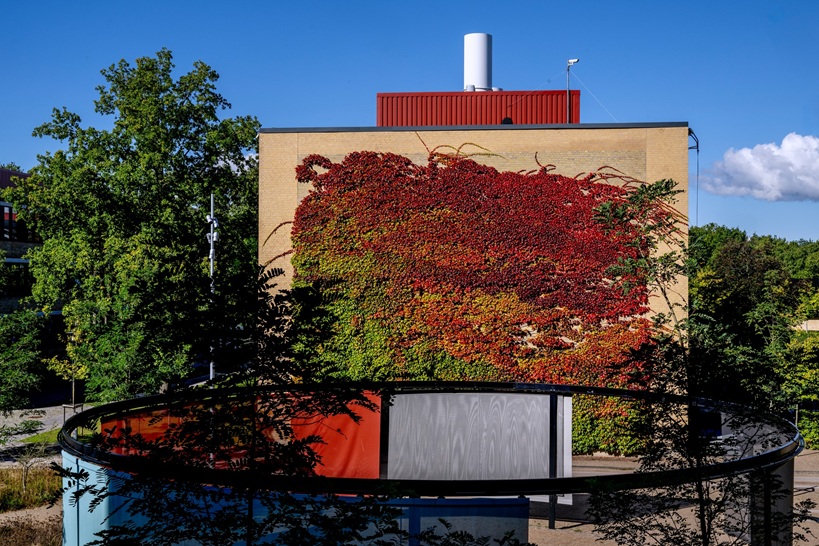
Image courtesy of Technical University of Denmark FB
COPENHAGEN, Oct 5: Researchers from the University of Copenhagen and Technical University of Denmark (above) have investigated a traditional fermentation method involving wood ants and warm milk, originating from Turkey and the Balkans.
They, however, advised people not to try this method at home.
The researchers travelled to Bulgaria, where co-author and anthropologist Sevgi Mutlu Sirakova’s relatives explained the tradition, according to a report in the journal iScience published on Sunday.
Veronica Sinotte from the University of Copenhagen stated that they added four whole ants to a glass of warm milk, following instructions from Sevgi’s uncle.
The glass was then placed overnight in an anthill, creating the right conditions for fermentation.
By the next day, the milk had thickened and soured, resembling an early stage of yoghurt.
Study leader Leonie Jahn from the Technical University of Denmark said while ants can be consumed, traditionally they are not, as the ants from the first batch are used to start further yoghurt cultures.
The wood ants carry lactic and acetic acid bacteria, contributing to milk coagulation.
The ants’ natural chemical defence system acidifies the milk, fostering a culture for acid-loving microbes.
The researchers said the yoghurt was slightly tangy. Jahn noted that traditional yoghurts have a greater diversity of species compared to commercial ones, affecting taste and texture.
Sinotte emphasised the importance of recognising biocultural heritage in eating habits.
Experiments showed live ants work best for fermentation, as frozen or dried ants do not create a suitable bacterial culture.
But the team warned people against using this method due to potential parasite infestation in live ants.
Chefs from Michelin-starred restaurant Alchemist in Copenhagen created dishes using the ant yoghurt, including a mascarpone-like cheese, a special cocktail and a yoghurt ice-cream sandwich, integrating ants into some dishes.
— BERNAMA-dpa